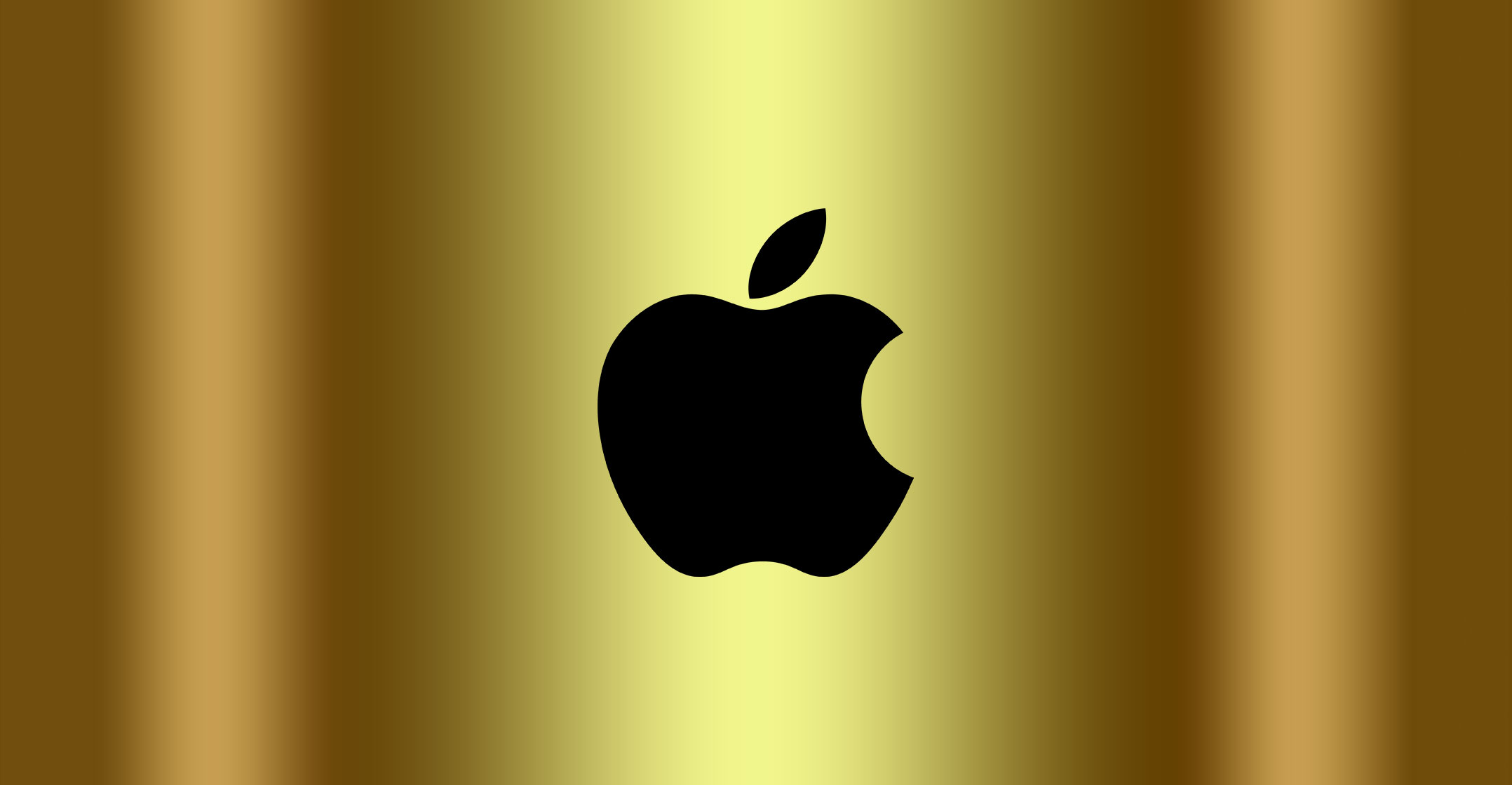 It’s an amazing coincidence.
It’s an amazing coincidence.
On the same day the world’s largest company issues its biggest disappointment in years — Apple sank as much as 7.7% post-market and threatened to take the whole stock market down with it — US President Donald Trump, who appears to care deeply about the daily jolts in the tape (and also held several meetings with Tim Cook this year), does an about-face on China.
It was just days ago that Trump looked like he was planning to go for the jugular with another round of hard-hitting tariffs, but apparently he’s now looking to make that deal (I guess the “art” that has come with it has gone on long enough) — according to our reporting, Trump is looking to reach an agreement with China’s Xi Jinping at the G-20 summit later this month and has asked US officials to start drafting potential terms.
And so markets are responding properly, from equities (S&P futures up 21 handles, Europe’s Stoxx 600 +1%, Shanghai composite closed up almost 3%) to currencies, with the yuan looking at its biggest two-day gain in nine months and the dollar erasing its weekly gain thanks to an unwind of risk-sensitive positions.
This is a huge 180-degree shift from how many would have expected things to turn out the second Apple came out with its print and dropped the hammer that it would end the process of disclosing unit sales in fiscal 2019. The probability that the US market would tank, taking a very fragile tech tape with it, was high (the QQQs were down 1.5% at one point last night). The odds that this would have spilled over into Europe and Asia, considering how influential Apple is on the global supply chain, was also high.
The timing of this supposed changed tune from Trump is also interesting in that it comes just days before the US midterm elections, and at a time when pundits and odds-makers are baking in the Democrats taking the house, which would appear to be an unacceptable outcome for this commander in chief.
Bounce with legs?
So while Apple’s miss may be offset today, and apparently Alibaba’s too, as that stock is higher despite a whiff and a cut to the outlook, it’ll really be the next four sessions (jobs numbers, more information on a potential trade war deal and the midterms on Tuesday) that’ll truly decide if this bounce has legs, or whether we are all just biding our time before the tech meltdown resumes and takes the market down with it.
Just to keep things real, I’d note that it’s not like Facebook had some sort of out-of-this-world print on Tuesday that signalled an “all clear” message to the bulls who’ve been waiting a month to buy the dip. It was a better than feared report for a company in the midst of an identity crisis that’s experienced scandal after scandal in 2018 and whose stock has seen more than one downward tailspin just in the past eight months.
 And it’s not like Apple was the only tech company whose disappointing results has helped eradicate whatever shine Facebook’s results emitted. Just yesterday morning, we saw earnings-fuelled selloffs in two hedge fund hotels, with music streaming giant Spotify falling almost 6% (came close to hitting the reference price of US$132 from its unusual direct listing in April) and e-commerce name Wayfair cratering more than 18% at one point during the session.
And it’s not like Apple was the only tech company whose disappointing results has helped eradicate whatever shine Facebook’s results emitted. Just yesterday morning, we saw earnings-fuelled selloffs in two hedge fund hotels, with music streaming giant Spotify falling almost 6% (came close to hitting the reference price of US$132 from its unusual direct listing in April) and e-commerce name Wayfair cratering more than 18% at one point during the session.
Even one of Apple’s suppliers, Universal Display, collapsed by almost 30% last night after issuing a revenue forecast that came nowhere near what the sell-side was expecting. This comment from management in the statement said it all: “The magnitude of the second-half pick-up in our material sales is not shaping up to the degree that we had earlier forecast.”
So between those other missteps and the optics of Apple both scrapping its plan to report unit data as well as potentially losing its trillion-dollar market cap status, the tech longs should have been bracing themselves for a world of pain today.
But obviously that doesn’t look to be happening anymore given the outside factors mentioned above. The QQQs (where Apple has the heaviest weighting) are now higher pre-market, and at a heck of a time when the ETF and the S&P 500 Info Tech index just recoiled to the 200-day moving average.
There is a fair question to ask about how much of the recovery this week can be attributed to short covering versus actual buying. Traders placed sizeable short bets on the SPY and QQQ during the month of October and there’s reason to believe that the whiplash bounce in the tape over the past three days may just be an unwind of these positions. — Reported by Arie Shapira, (c) 2018 Bloomberg LP




